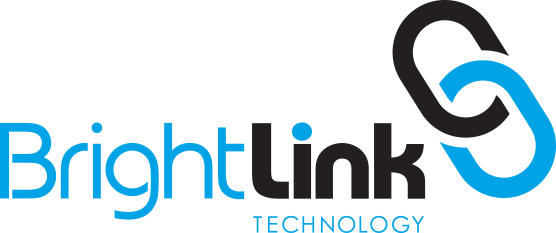Data protection is a central component of cyber-security policies and solutions. Typically, it discusses threats to your company’s data integrity or privacy. According to a recent report, many employees can access too much data. This makes internal threats as dangerous as external ones.
The report states that 48% of employees have access to more information than they need to do their jobs. Alarmingly, 12% of companies give all employees access to crucial company data. And if one person becomes upset with the company, this could spell disaster. To address this potential, preventable risk, it’s recommended to develop a strong data classification system for your organization.
What Is Data Classification?
In data classification, data is sorted into various categories. This allows you to protect critical data for compliance and legal purposes.
A data classification policy concerns managing information so that sensitive data is accessible on a need-to-know basis. Authorized employees should have access to the data they need at all times. However, this data should not be available to the general pool of employees.
Data classification folds into your security policy framework and includes the following characteristics:
- It’s the personification of risk tolerance
- Data security is one building block in your company’s security policy — a high-level plan defining how the organization handles security. As part of the security policy, you define acceptable risks. Additionally, a data security policy may include risk assessment or govern access and categorization of classified data.
- Risk analysis weights assets against threats and informs spending decisions on risk management efforts.
Data Classification Policies in Action
Use the data classification policy to restructure the components of your business. Then, consider classify all the data by permission rights. Here are some examples:
- Public sensitive
- Confidential
- Personal
A DCP must also consider categories that comply with industry standards. Data classification policies lower the company’s risk profile.
How to Create a DCP
Your organization’s classification process should utilize the following four steps:
Step#1. Define your data classification policy.
Document your DCP and ensure all employees have access to it. Make it short and to the point, expressing the essential information in easy-to-understand language.
Include the following elements:
- Objectives – Why are you vetting out a data security policy for your company?
- Workflows – This defines how the DCP is organized and which employee groups (permission groups) can access what data
- Classification schema – Buckets used to classify data permissions.
- Data owners – Here, you can document the roles and responsibilities of the different lines of business. Also include how access is granted
Security standards tell your managers and employees how to handle sensitive data. This includes how to store it, how permissions are assigned, under what circumstances you may share it. For example, encryption protects your data from hackers and thieves.
Step #2. Do you need a data discovery process?
Once your DCP is available, you may need to go through a data discovery process. This allows you to consider the data sets you are protecting. Will your DCP only include current data assets or retroactively impact previous data. For example, access to financial reports gives employees crucial information that competitors would love to get their hands on.
You should determine whether you have the ability to include all of your firm’s data storage. Some companies choose to only include future reports and data under the DCP.
Look into how much effort, time and money you’re willing to spend on data discovery. Automate data discovery via tools that mimic your data security groups. Conveniently, some tools tell you the volume of classified data.
Step #3. It’s time to label the data classifications.
Give sensitive data assets a relevant label to facilitate the data classification policy as well as enforcement. You can automate labeling or have data owners input the permissions manually.
Step #4. Apply the DCP to your security and compliance rules.
You now know where to find the sensitive information wherever it’s stored. Categorize your sensitive data to improve data management. This also assists you in the allocation of funds used for cyber-security measures.
Data is dynamic, so your policy must be too. Ensure that your DCP includes new data assets to ensure the confidentiality of sensitive information. Proper administration of your DCP maintains the integrity of a wide net of data storage and information.
DCP Implementation in Jacksonville, FL
BrightLink Technology can assist your business with its Data Classification Policy. We provide professional IT services to businesses like yours in Jacksonville, Founded in 2012, BrightLink Technology gives clients security and infrastructure solutions through its experienced consultants. Contact BrightLink Technology today for details on how to create a robust DCP.


